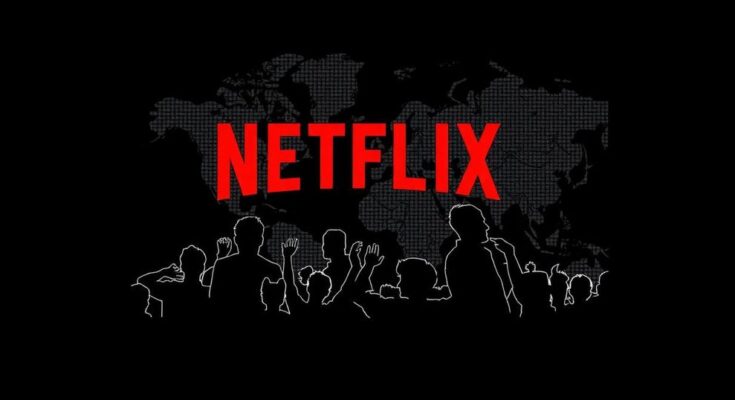Summary
In a grand celebration of its decade-long reign in France, Netflix stands as a titan in the streaming landscape, having captivated over 10 million French households by 2022. Its journey began on a fateful day, September 15, 2014, when this American streaming behemoth made its entrance into the French market, heralding a transformation in how the nation consumed video entertainment. Initially born in 1997 as a humble online DVD rental service, Netflix has evolved into the colossal streaming platform we know today. Upon its arrival in France, it boasted over 48 million global subscribers in more than 40 countries, a remarkable feat that has since grown to over 278 million subscribers worldwide. From groundbreaking originals like “Orange is the New Black” and “House of Cards,” Netflix sparked a revolution in content creation that resonated deeply with the French audience. Philippe Bailly, the president of NPA Conseil, notes that this evolution compelled traditional players like Canal+ to adapt and innovate, leading to the establishment of CanalPlay Infinity. Dubbed a “wolf in the sheepfold” by some telecom operators, Netflix initially found it challenging to secure partnerships with local internet boxes due to concerns over financial terms. However, its geeky allure quickly attracted partnerships with companies like Bouygues Telecom, which introduced Netflix through its set-top box in late 2014. The question loomed: would this new invader circumvent the financial obligations set for local producers? A decree in July 2021 quelled these fears, allowing Netflix to invest significantly in French productions—reportedly 250 million euros in 2023, with a notable 50 million earmarked for cinema. Netflix’s arrival has indelibly impacted the French audiovisual landscape. The premiere of the original series “Marseille,” featuring Gérard Depardieu, in 2016 marked the beginning of a new era, though it was perhaps the subsequent global hit “Lupin,” starring Omar Sy in 2021, that truly made waves—topping the charts in 70 countries and becoming a cultural phenomenon. As Philippe Bailly aptly puts it, Netflix’s influence reverberated through the industry, prompting competitors like Disney+, Paramount+, and HBO Max to adapt and innovate their offerings. Traditional broadcasters shifted to ambitious platforms like TF1 + and France.tv, striving to compete with the might of Netflix while the ill-fated Salto, a collaborative effort among TF1, M6, and France Télévisions, attempted to carve a niche during this transformation. By 2022, Netflix had not only reached the landmark of 10 million subscribers in France but had also secured over 40% of all households subscribing to streaming services, with Amazon Prime Video following at around 30% and Disney+ at nearly 20%. At the peak of the COVID-19 pandemic, Netflix became a cultural lifeline, providing entertainment when theaters and concert halls stood silent. Yet, as the world began to emerge from lockdowns and inflation loomed, the giant had to recalibrate its strategies. This led to the introduction of a lower-cost subscription model featuring ads—once an unthinkable shift, now offered at 5.99 euros starting in November 2022, contrasting sharply with its original ad-free pricing. Moreover, Netflix tightened the reins on account sharing to maintain revenue flow, leading to a newfound discipline among subscribers. Impressively, early feedback indicated that between 10 and 15% of French subscribers opted for the ad-supported plan, a move that sparked imitation across the industry. As Netflix lays its plans for the future, they envision venturing into live broadcasting—particularly sports—in the United States, while also expanding into the gaming sector with partnerships, such as with Ubisoft, to create video games based on its popular series. This aim to become a comprehensive entertainment platform underlines Netflix’s relentless pursuit of adaptation and innovation, marking an exciting path ahead in the ever-evolving digital landscape.
Original Source: www.sudouest.fr
